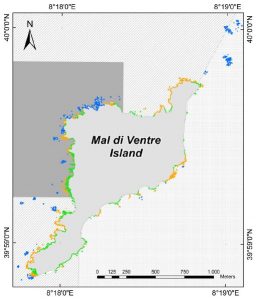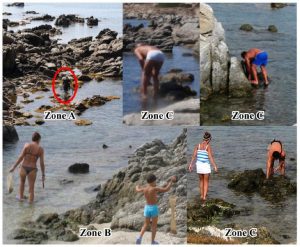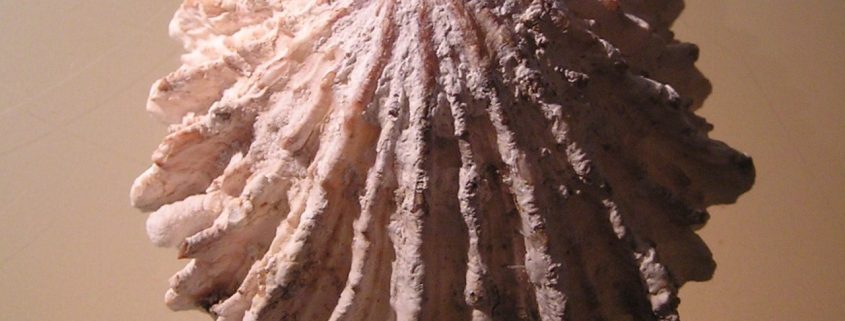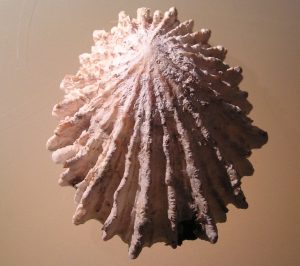Can Marine Protected Areas Help Conserve Intertidal Species?
By Hannah Calich, RJD Graduate Student
The giant limpet (Patella ferruginea; Figure 1) is one of the most endangered species in the Mediterranean Sea. As with many other marine species, their population decline has been attributed to overexploitation by humans. Giant limpets are most commonly harvested for food, fishing bait, or shell collection.
Much of the giant limpet’s remaining population is found within Sardinia’s marine protected areas (MPAs) and national parks. The population found within the Penisola del Sinis – Isola di Mal di Ventre MPA, is particularly important because despite being home to only a few hundred individuals this population has strong genetic differentiation, which is important for population recovery.
Unfortunately, giant limpets are being illegally harvested from within the Penisola del Sinis – Isola di Mal di Ventre MPA. In light of this finding, Coppa et al. (2015) set out to determine how much protection MPAs provide for intertidal species. Specifically, Coppa et al. (2015) investigated how site accessibility (semi-accessible vs. hardly accessible) and legal protection (high, medium, and limited protection) impact poaching levels and population size of the giant limpet within the Penisola del Sinis – Isola di Mal di Ventre MPA (Figure 2).

Map of Penisola del Sinis – Isola di Mal di Ventre MPA that highlights accessibility levels and protection zones. Zones A, B, and C have high, medium, and limited legal protection, respectively. Figure from Coppa et al. (2015)
The results of annual field surveys in 2011 and 2013 showed that the total population of giant limpets has declined 52% in two years as a result of illegal harvesting. However, this decline was not consistent throughout the MPA. There was a significantly higher density of giant limpets in hardly accessible sites compared to easily accessed sites. Additionally larger individuals, which are targeted by poachers, were predominantly found in sites with maximum legal protection that were hard to access. If the current levels of illegal harvesting continue the authors predict that the giant limpet may face local extinction within the next 10 years. These results suggest that this MPA is only protecting limpets in certain areas and unfortunately, this protection is insufficient.

Local people collecting intertidal invertebrates within Penisola del Sinis – Isola di Mal di Ventre MPA. Photo from Coppa et al. (2015)
The results of this study emphasize the fact that simply implementing an MPA is not necessarily sufficient to ensure species protection. This is particularly true for intertidal species that are easily accessed by illegal harvesters. Coppa et al. (2015) suggest that joint efforts between enforcement agencies, regulators, and researchers are a crucial component to ensure MPAs are able to meet their conservation objectives.
Reference:
Coppa, S., De Lucia, G. A., Massaro, G., Camedda, A., Marra, S., Magni, P., Perilli, A., Di Bitetto, M., Garcia-Gomez, J. C., Espinosa, F. (2015). Is the establishment of MPAs enough to preserve endangered intertidal species? The case of Patella ferruginea in Mal di Ventre Island (W Sardinia, Italy). Aquatic Conservation Marine and Freshwater Ecosystems. DOI: 10.1002/aqc.2579






Leave a Reply
Want to join the discussion?Feel free to contribute!